IEC Standard for Battery Energy Storage System
Introduction to IEC Standard for Battery Energy Storage System The…
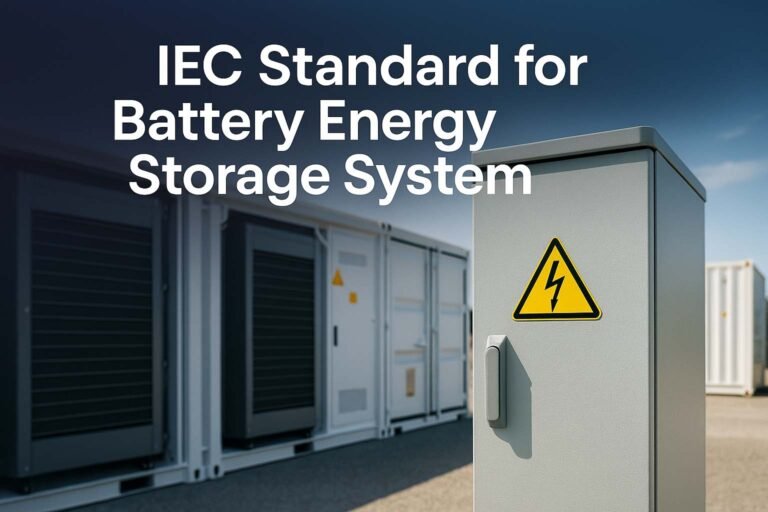
Introduction to IEC Standard for Battery Energy Storage System The…
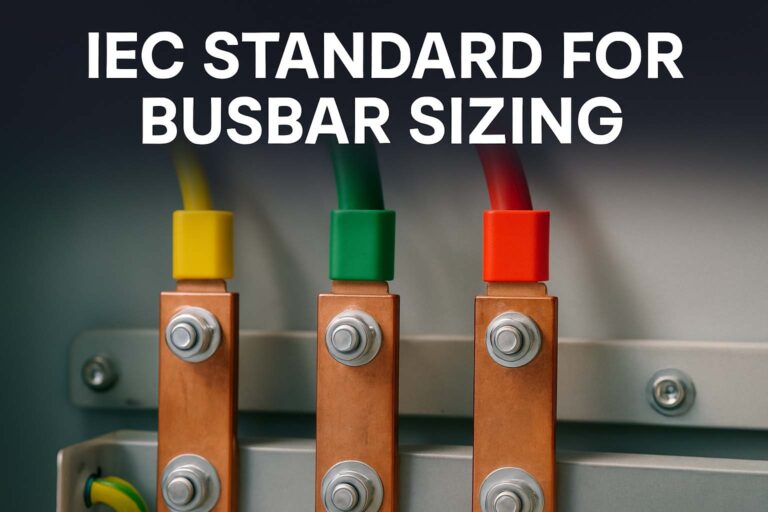
Understanding the IEC Standard for Busbar Sizing When designing electrical…

Understanding the IEC Standard for Air Circuit Breaker Air Circuit…

Understanding the IEC Standard for APFC Panel The IEC standard…

Understanding the IEC Standard for Arc Flash Study The IEC…
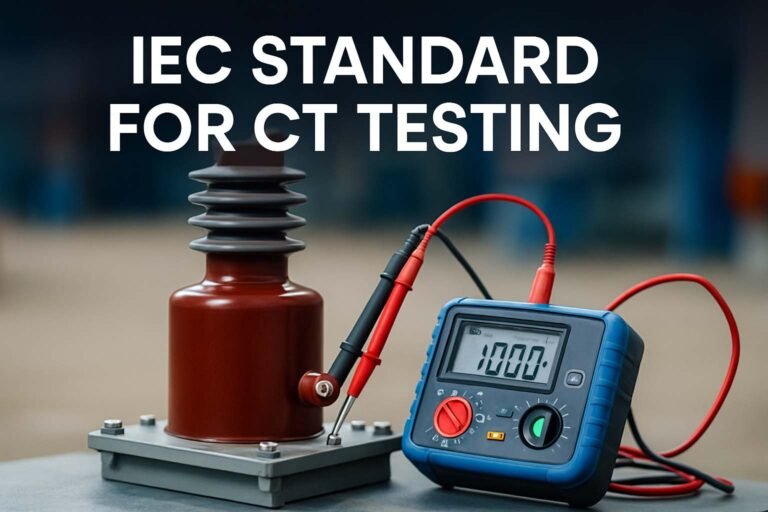
Understanding the IEC Standard for CT Testing Current transformers (CTs)…
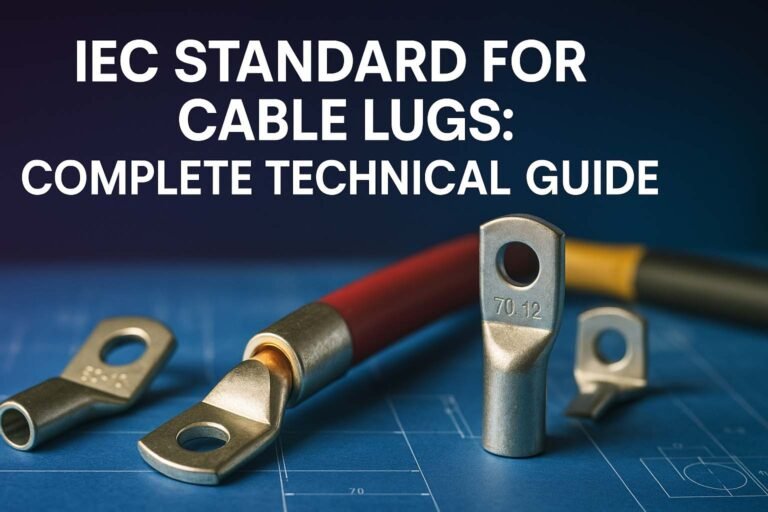
Understanding the IEC Standard for Cable Lugs The IEC standard…

Understanding the IEC Standard for Cable Tray Cable trays play…

The world of industrial automation has come a long way….

In today’s fast-moving world, industries aim to increase efficiency, accuracy,…

Conveyor automation using PLC has revolutionized the industrial world. From…

Lightning is one of the most dangerous natural phenomena that…

Current transformers (CTs) are essential in modern electrical systems. They…
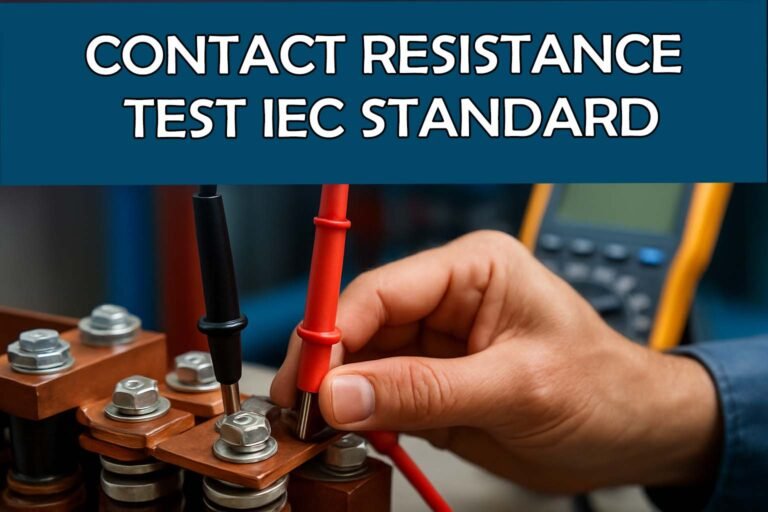
The contact resistance test IEC standard is a crucial reference…
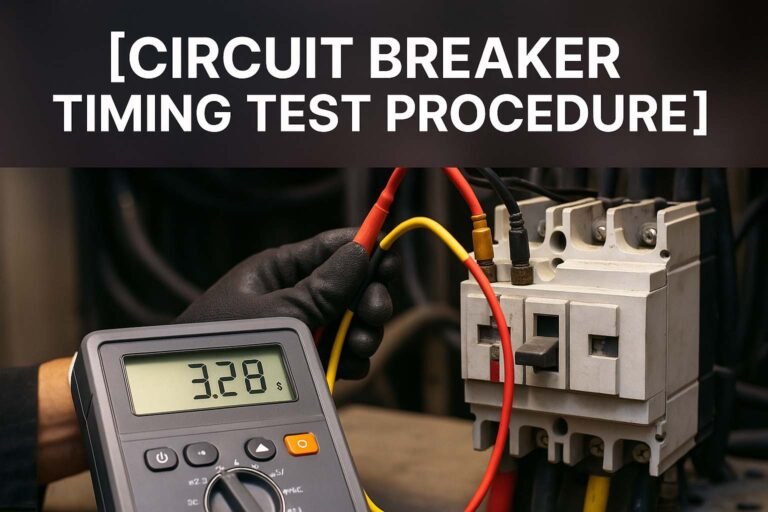
Circuit breakers are essential components of any power system. Their…

Testing of protection systems is a vital part of electrical…

The Secondary Injection Test procedure is an essential process in…

The Primary Injection Test procedure is a critical method used…
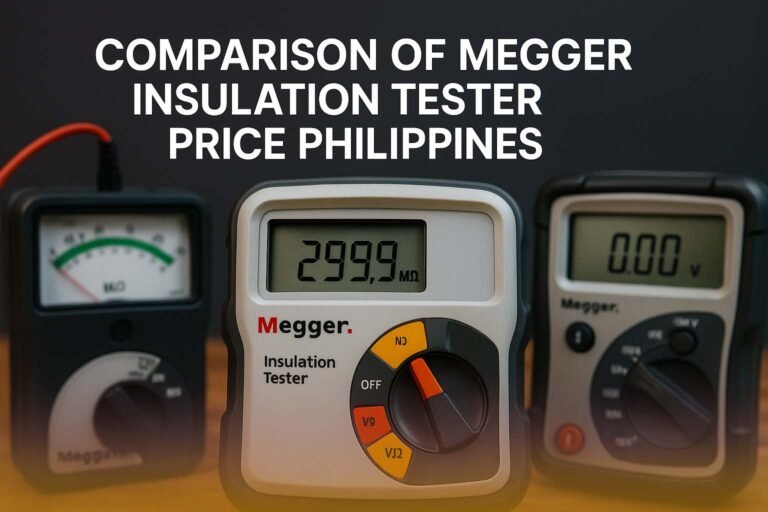
When it comes to electrical safety and equipment testing, an…
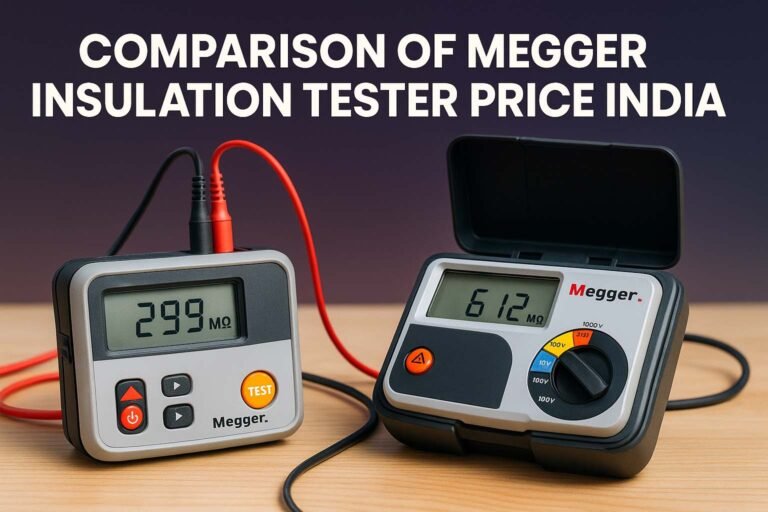
When it comes to electrical safety and maintenance, insulation resistance…